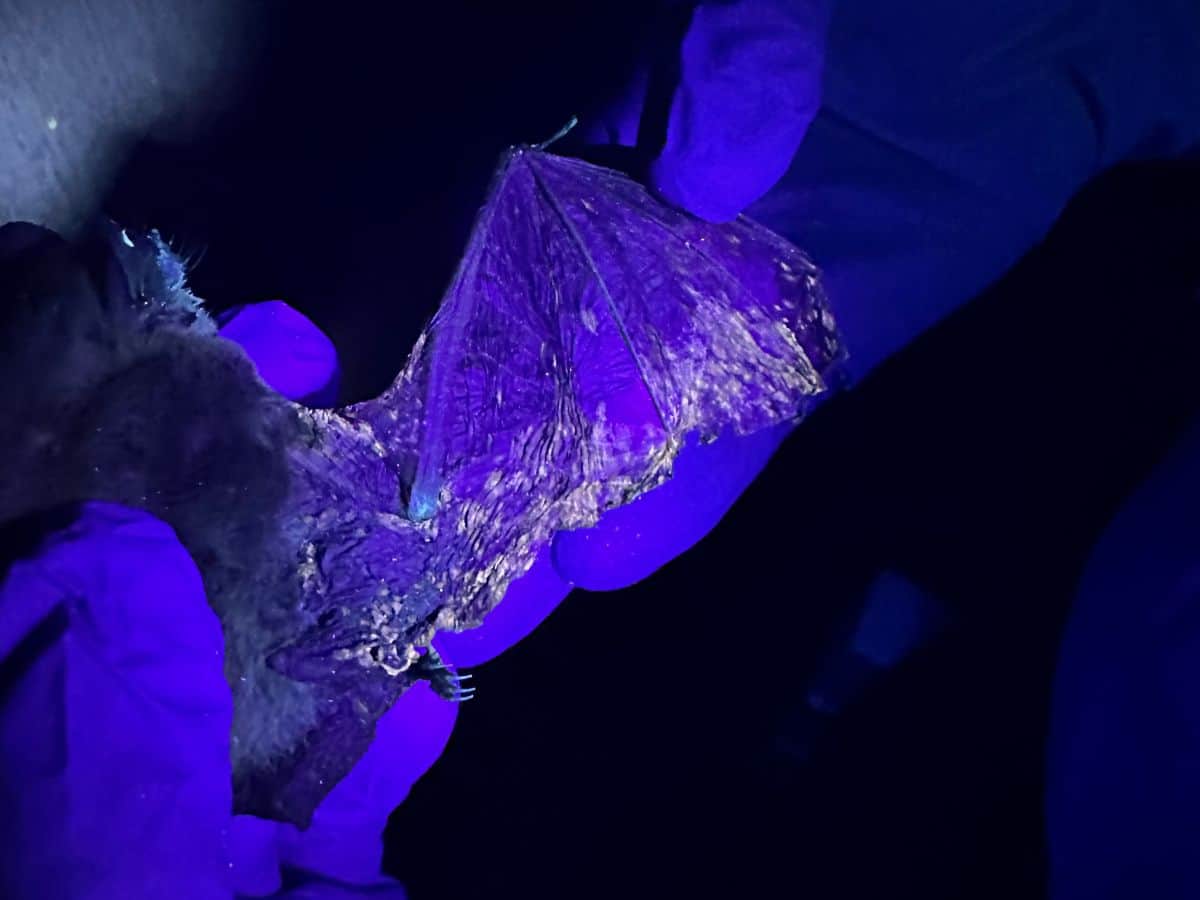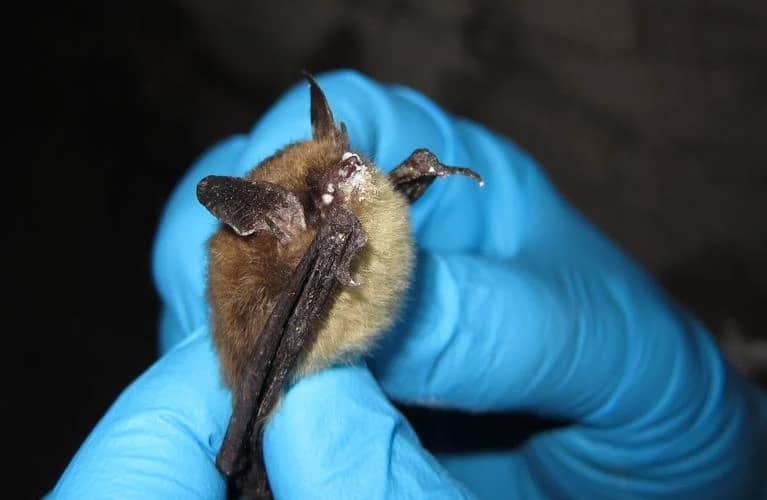Share this article
Wildlife Featured in this article
- Lesser long-nosed bats
Watch: Tiny technology tracks Tucson bats
The system uses small transmitters to track the bats’ foraging behavior
Each spring, lesser long-nosed bats (Leptonycteris yerbabuenae) make the journey from south and central Mexico to breed around Tucson, Arizona. Researchers are using a wildlife tracking system developed in Israel, and never before used in the United States, to better understand their foraging behavior. The Atlas system uses tiny radio transmitters glued to the bats’ backs, allowing researchers to track them through a network of antennas.
Watch the video from the Arizona Game and Fish Department below.
Header Image: Researchers in Arizona hope to better understand the foraging behavior of lesser long-nosed bats. Credit: AGFD







